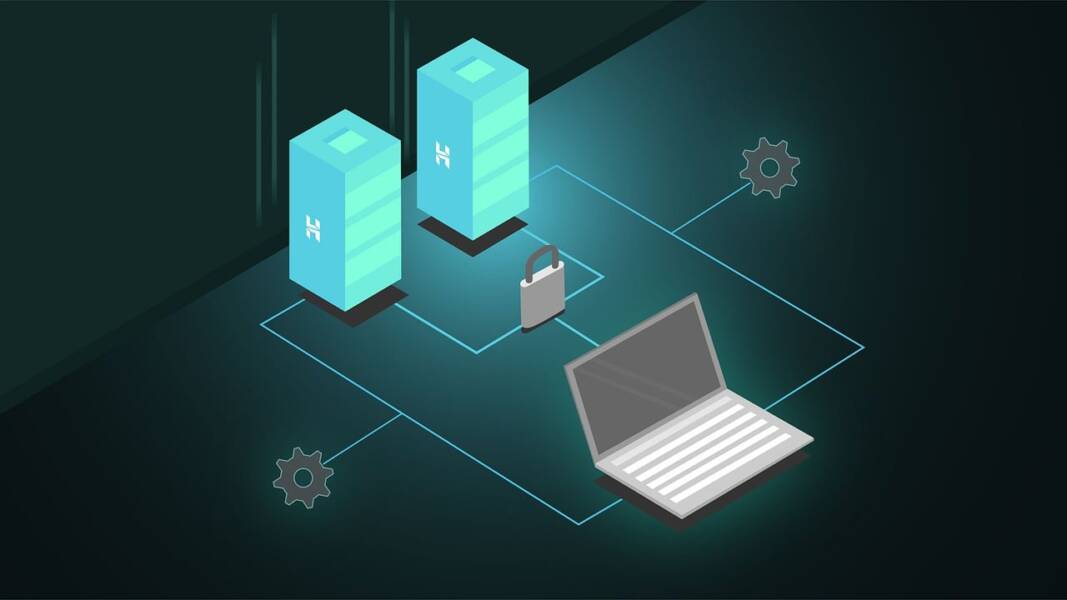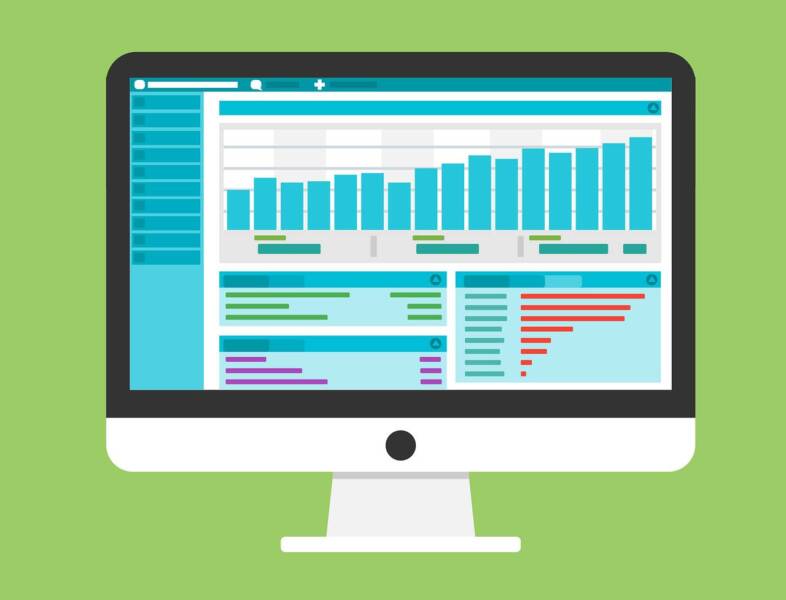In the dynamic landscape of modern data management, choosing the right database model is a pivotal decision that directly impacts the efficiency and performance of applications. Two prominent database models, relational and graph databases, cater to distinct data structures and use cases. In this article, we embark on a journey to understand the characteristics, strengths, and applications of both relational and graph database models, shedding light on the diverse landscape of database services.

Relational databases face complex inquiries while crossing connections that can dial back execution. A chart data set succeeds in addressing and questioning connections between information. Social data sets function admirably with huge datasets and organized information. They battle with regards to multi-bounce inquiries.
Relational Databases: The Foundation of Structured Data
Relational databases have long been the cornerstone of structured data storage and retrieval. Governed by the principles of the relational model, these databases organize data into tables with rows and columns, each representing a record and attributes, respectively. Examples of popular relational databases include MySQL, PostgreSQL, and Microsoft SQL Server.
Key Features of Relational Databases:
Structured Data:
Relational databases excel at managing structured data with well-defined relationships. The use of SQL (Structured Query Language) facilitates complex queries and ensures data integrity through the enforcement of constraints.
ACID Compliance:
Relational databases adhere to ACID (Atomicity, Consistency, Isolation, Durability) properties, ensuring transactions are reliably processed and the database remains in a consistent state even in the event of failures.
Scalability:
Relational databases can scale vertically by adding more resources to a single server. While this approach has its limits, it suits applications with predictable workloads and well-defined data structures.
Normalized Data:
Relational databases encourage normalization, minimizing redundancy in data storage. This results in efficient use of storage space and ensures consistency across the database.
Graph Databases: Navigating Relationships with Precision
Graph databases, on the other hand, are designed to handle data with intricate relationships. They represent data as nodes and edges, where nodes signify entities, and edges represent the connections or relationships between these entities. Examples of graph databases include Neo4j, Amazon Neptune, and JanusGraph.
Social data sets use information tables to structure data into lines and sections. Every section characterizes a particular trait of the information element, while the columns address a singular information record. Since information tables have a proper construction, clients should characterize the connections between various tables utilizing essential and unfamiliar keys.
Social data sets influence the force of SQL to control information. SQL empowers engineers to perform different questions and really handles organized information with obvious connections between tables. It especially succeeds in separating, accumulating, and joining information against different tables.
Diagram data sets use crossing calculations to inquiry the chart information model. Crossing calculations might be profundity first or expansiveness first, which assists with finding and recover associated information quickly.
Conversely, a chart data set structures information utilizing a diagram structure in which hubs, edges, and properties are utilized to address information. Specifically, hubs characterize the articles, edges represent the connections among hubs, and properties depict the characteristics of the hubs and edges. Favoring this further down.
Key Features of Graph Databases:
Relationship-Centric Model:
Graph databases excel in managing data with complex relationships. The relationship-centric model allows for precise representation and traversal of interconnected data, making them ideal for applications with intricate dependencies.
Cypher Query Language:
Graph databases often use specialized query languages like Cypher to navigate and query relationships efficiently. Cypher simplifies the process of traversing the graph and extracting meaningful insights from interconnected data.
High Performance for Relationship Queries:
Graph databases outperform relational databases in scenarios where relationship-centric queries are frequent. Traversing relationships in a graph is more efficient than executing complex joins in a relational database, especially as the dataset grows.
Flexible Schema:
Graph databases typically offer a flexible schema, allowing entities to have varying attributes and relationships. This adaptability is valuable in scenarios where data structures are dynamic and subject to change.
A chart information base is a particular, single-reason stage used to make and control information of a cooperative and logical nature. The actual chart contains hubs, edges, and properties that meet up to permit clients to address and store information such that social data sets aren’t prepared to do.
The principal idea of a diagram information base framework is a relationship. Connections are characterized as top of the line residents — this implies all that you can do with any remaining components should be possible with a relationship. Information is connected together in a chart to store an assortment of hubs and edges, where the edges address the connection between hubs.
Connections permit information inside the framework to be connected together straightforwardly. Questioning connections in a chart data set is quick since they’re put away in a manner that doesn’t change. You may likewise imagine them, which makes them extraordinary for inferring experiences for intensely interconnected information.
Choosing the Right Database Model:
Nature of Data Relationships:
Consider the nature of relationships in your data. If your application involves intricate, interconnected relationships, a graph database may provide more efficient and intuitive querying capabilities.
Data Structure Complexity:
Evaluate the complexity of your data structure. Relational databases are well-suited for structured, tabular data, while graph databases shine in scenarios where data relationships are the focal point.
Query Requirements:
Assess your application’s query requirements. If your queries frequently involve traversing relationships and dependencies, a graph database may offer superior performance. Relational databases are better suited for applications with complex analytical queries.
Scalability Needs:
Consider the scalability needs of your application. If your dataset is expected to grow significantly, and relationships are a central aspect of your data model, a graph database may provide better scalability options.
Application Use Case:
Evaluate the specific use case of your application. Relational databases are often favored for traditional enterprise applications, while graph databases are well-suited for scenarios like social networks, recommendation engines, and fraud detection where relationships play a pivotal role.
Key contrasts between chart data sets and social data sets. The crucial contrast between chart data sets and social data sets lies in how connections are dealt with. In a diagram data set, connections are driven by data of interest. In a social data set, connections are driven by segments in information tables.
A diagram information base purposes chart structures for semantic questions with hubs, edges, and properties to address and store information. A social information base, then again, utilizes tables and relations between them to store information. Diagram data sets are utilized to inquiry complex connections, while social information bases are utilized for more straightforward relationship structures. Likewise, chart information bases commonly require less joins than social data sets. Thus, chart information bases can be quicker and more productive with regards to taking care of complicated information.
However it’s feasible to scale a connection information base evenly (i.e., utilizing sharding), it essentially improves the intricacy of information stockpiling and may lead to additional issues like consistency. The prescribed method for scaling a social data set is upward. Vertical scaling is the point at which the equipment is overhauled (e.g., computer chip, capacity, memory, and so forth) to build the responsibility a server can deal with.
Then again, chart information bases work really hard of scaling on a level plane. They accomplish this accomplishment utilizing parceling, which is a method that partitions put away information base items into independent parts on various servers. These parts then empower numerous servers to deal with chart questions in equal.
Diagram data sets commonly use record free nearness. This implies every hub straightforwardly references its adjoining hubs. In this manner, getting to connections and related information basically comprises of memory point query. This basically implies it’s quick.
Social data sets should lead sweeps of various tables to distinguish connections between elements. For instance, to join various tables, the data set framework would need to examine the whole information to track down the connections. This implies as the information gets bigger, the presentation diminishes.
Connections are vital to chart information bases. This makes them very simple to work with while utilizing associated information, particularly while performing multi-bounce inquiries – questions to perform navigate ways with different connections. In a social data set, this should be performed with SQL. Composing a multi-bounce question in SQL doesn’t work out easily. They can turn out to be very intricate and effectively lead to mass inquiries that are challenging to peruse and keep up with.
Conclusion:
Understanding the nuances of relational and graph database models is crucial for making informed decisions in data management. While relational databases excel in structured data with well-defined relationships, graph databases offer precision and efficiency in navigating complex, interconnected data. The choice between the two depends on the specific requirements of your application, and in some cases, a combination of both may provide an optimal solution for diverse data management needs. As technology continues to evolve, embracing the strengths of relational and graph databases allows businesses to navigate the intricate landscape of data with flexibility and efficiency.
In this aide, you learned diagram data sets are specific, single-reason stages used to make and control information of a cooperative and relevant nature. You additionally discovered that regardless of the undeniable obligation of putting away information and addressing connections, social and diagram data sets are very disparate by they way they accomplish their goal. For instance, social information bases use SQL for their tasks, though chart data sets use crossing calculations, which make them a lot quicker, in any event, for huge datasets, and more qualified for information with a lot of interconnectedness.
TechnologyHQ is a platform about business insights, tech, 4IR, digital transformation, AI, Blockchain, Cybersecurity, and social media for businesses.
We manage social media groups with more than 200,000 members with almost 100% engagement.












































